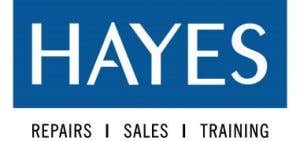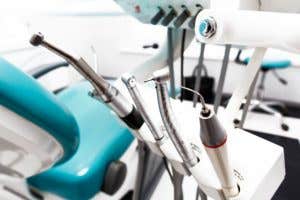Dental Instruments Types and Uses
Overview of Dental Instruments
Dental instruments are tools that dental professionals use to provide dental treatment. These tools allow them to manipulate tissue for better visual access during treatment or during a regular examination. It’s important not only because it allows the dentist more control over what they’re doing, but also in order to keep you safe and comfortable throughout your visit!
Dental instruments are used by dentists all around the world as part of their job when treating teeth and other oral structures. A lot of these can be seen at normal examinations too since this helps with better visualization while performing treatments such as filling cavities or removing troublesome impacted teeth.
What are the different types of dental instruments and their uses?
Mouth Mirror
The dental mirror is used to provide indirect vision, retracts lips, cheeks and tongue. It can redirect light into the mouth. A concave mirror gives a dentist a magnified reflection of their patient’s mouth while also reflecting some light – this makes it easier for them to see what they’re doing.
Explorers
The explorer is a dental tool used to examine the teeth for decay, calculus, furcations and other abnormalities. It got its name because of its help in exploring the mouth looking for possible issues that might be troubling a patient without being too intrusive.
Cotton Forceps
This instrument used to transfer materials in or out of the oral cavity is called a “probe”. It most commonly grabs cotton, but can be used for other things as well! The latin root para- means “toward” and -ceptum means seize; combined they mean grab take hold of something from this direction ̵e proceps literally translated to grasp with the hand.
Periodontal Probe
The periodontal probe is used to measure the depth of a periodontal pocket in millimeter increments. The Greek root for “peri-” means that something is related to bone or tissue around a tooth, so it can remind you that this tool evaluates how healthy the mouth area is by looking at where the gums are receding from teeth and whether there’s any infection present.
Ultrasonic Scaler
This instrument is used to remove tartar from teeth by creating vibrations that reverberate outside the audible range of hearing for humans.
Extracting Forceps
The forceps is a tool that dentists use to remove teeth. The word comes from the latin words “ex-” which means to dig or pull out, and -tract (which also has this meaning).
Dental Elevator
The dental elevator is a tool used to lift teeth before extraction. It easily can be remembered by thinking about how it works, because this tool assists with tooth extractions and helps reduce trauma in the mouth area following surgery.
Air Water Syringe
The dental syringe is one of the most common tools used by a dentist’s assistant. It allows for injecting air or water into the oral cavity, and it can be recognized in its typical usage because there are two tubes that come out at an angle from either side to allow for fluid injection.
Saliva Ejector
Saliva is a natural bodily fluid which can often be removed from the oral cavity during dental procedures. This instrument, similar to many others used by dentists, removes saliva and water from your mouth while you are being worked on. The suction created by this tool sucks up excess fluids that may have built up in your mouth before they become troublesome or uncomfortable for patients.
Hu-Friedy Dental Instruments
With every use, the high level of craftsmanship that goes into our dental instruments becomes evident. Hu-Friedy completes 80% of the manufacturing process by hand and is meticulous in molding, treating and sharpening them to perfection which makes them dental instrument artisans.
Sharpening and retipping Hu-Friedy dental instruments is important for both the dentist and patient. From a clinical standpoint, dentists and patients are much more comfortable with less pressure being applied to remove calculus. When Hu-Friedy sharpened instruments are used, it takes less time for the procedure to be completed making them better on gingival tissue as well; repeated strokes can cause irritation of tissues which could lead to receding gum lines or even bone loss in severe cases where there’s no intervention taken place after prolonged contact with teeth surfaces during brushing.
It’s always a good idea to keep your dental instruments as sharp and ready for use at any time. Hayes Hu-Friedy sharpening and retipping service specializes in all of your instrument needs. From retipping scalers, curettes or more. With our specialist training we’ll sharpen them until they’re razor-sharp enough to perform on their own without you having too much work on hand.
Hayes also specializes in various dental handpiece repair and dental instrument sharpening and retipping. Our experienced technicians have decades of experience working with all major brands of dental handpieces including:
A-dec | Beyes | Bien Air | Denticator | Hall | Henry Schein | Impact Air | Kavo | Lares | Midwest | Morita | Nobel Biocare | Nouvag | NSK | Patterson | Schein Master
Shamrock | Star | Strauman | Stryker | W&H | Young
American Eagle | HU Friedy | Nordent | PDT
Hayes Handpiece also provides in-house and online staff training on handpiece practical care and federal regulatory compliance. To learn more about our training topics, you may visit the links below:




